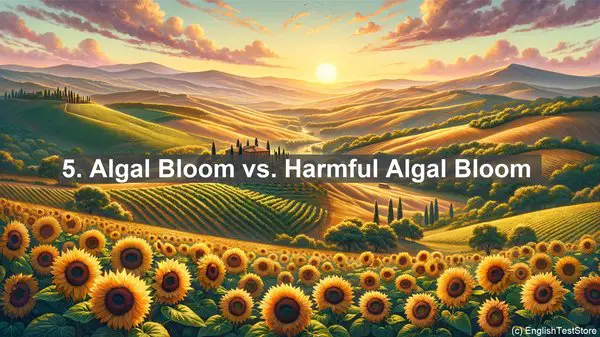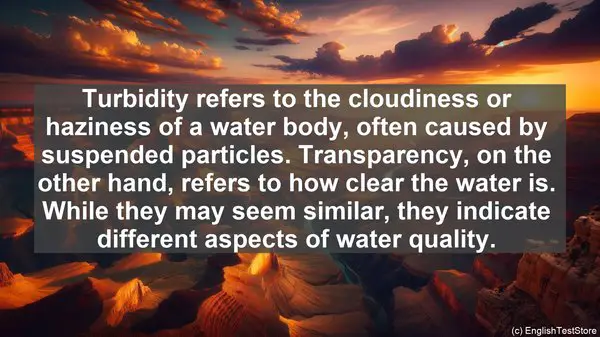Introduction
Welcome to today’s lesson on limnology. In this lesson, we’ll be discussing the top 10 commonly confused words in this field. Understanding these terms is crucial for your studies, so let’s dive in!

1. Lake vs. Pond
The terms ‘lake’ and ‘pond’ are often used interchangeably, but they have distinct differences. A lake is generally deeper, larger, and has more wave action, while a pond is shallower and smaller. Remember, it’s not just about size, but also about depth and wave activity.
2. Eutrophication vs. Oligotrophication
Eutrophication refers to the process of a water body becoming rich in nutrients, leading to excessive plant growth. On the other hand, oligotrophication is the opposite, where a water body becomes nutrient-poor. Both processes have ecological implications, so it’s important to differentiate them.
3. Lentic vs. Lotic
Lentic and lotic are terms used to describe standing water (like lakes) and flowing water (like rivers), respectively. Remember, ‘lentic’ sounds like ‘lake,’ and ‘lotic’ sounds like ‘flowing,’ which can help you recall their meanings.
4. Benthic vs. Pelagic
When we talk about the bottom of a water body, we use the term ‘benthic.’ ‘Pelagic,’ on the other hand, refers to the open water area. So, if you’re discussing the deep, open parts of a lake, you’d use ‘pelagic,’ but if you’re referring to the lake bed, it’s ‘benthic.’
5. Algal Bloom vs. Harmful Algal Bloom
An algal bloom is a rapid increase in the population of algae in a water body. However, not all algal blooms are harmful. A harmful algal bloom, or HAB, refers to a bloom that produces toxins, posing risks to aquatic life and even humans. So, the term ‘harmful’ is crucial to differentiate these blooms.
6. Epilimnion vs. Hypolimnion
In a stratified lake, the upper, warmer layer is called the epilimnion, while the lower, colder layer is the hypolimnion. Understanding these terms is essential when studying the temperature and oxygen profiles of lakes.
7. Turbidity vs. Transparency
Turbidity refers to the cloudiness or haziness of a water body, often caused by suspended particles. Transparency, on the other hand, refers to how clear the water is. While they may seem similar, they indicate different aspects of water quality.
8. Phytoplankton vs. Zooplankton
Both phytoplankton and zooplankton are microscopic organisms that drift in water. However, phytoplankton are photosynthetic, like plants, while zooplankton are heterotrophic, meaning they feed on other organisms. Remember, ‘phyto’ means ‘plant,’ and ‘zoo’ means ‘animal.’

9. Limnetic vs. Littoral
Limnetic and littoral are terms used to describe different zones in a lake. The limnetic zone is the open, deep area, while the littoral zone is the shallow, nearshore region. These zones have distinct ecological characteristics.
10. Dissolved Oxygen vs. Biochemical Oxygen Demand
Dissolved oxygen, or DO, refers to the amount of oxygen present in water, which is vital for aquatic life. Biochemical oxygen demand, or BOD, is a measure of the amount of oxygen required by microorganisms to break down organic matter. Both are important indicators of water quality.
